‘The Idea Is to Take the Conversation of Textiles Beyond Attire’: Lavina Baldota
Sutr Santati: Then Now Next, an exhibition of textiles held in New Delhi at the National Museum, put the spotlight on scholars, designers, organisations and students keenly immersed in the textile landscape of the nation. And, without the pressures of commerce, the body of work created by artisans proved to be a singular showcase
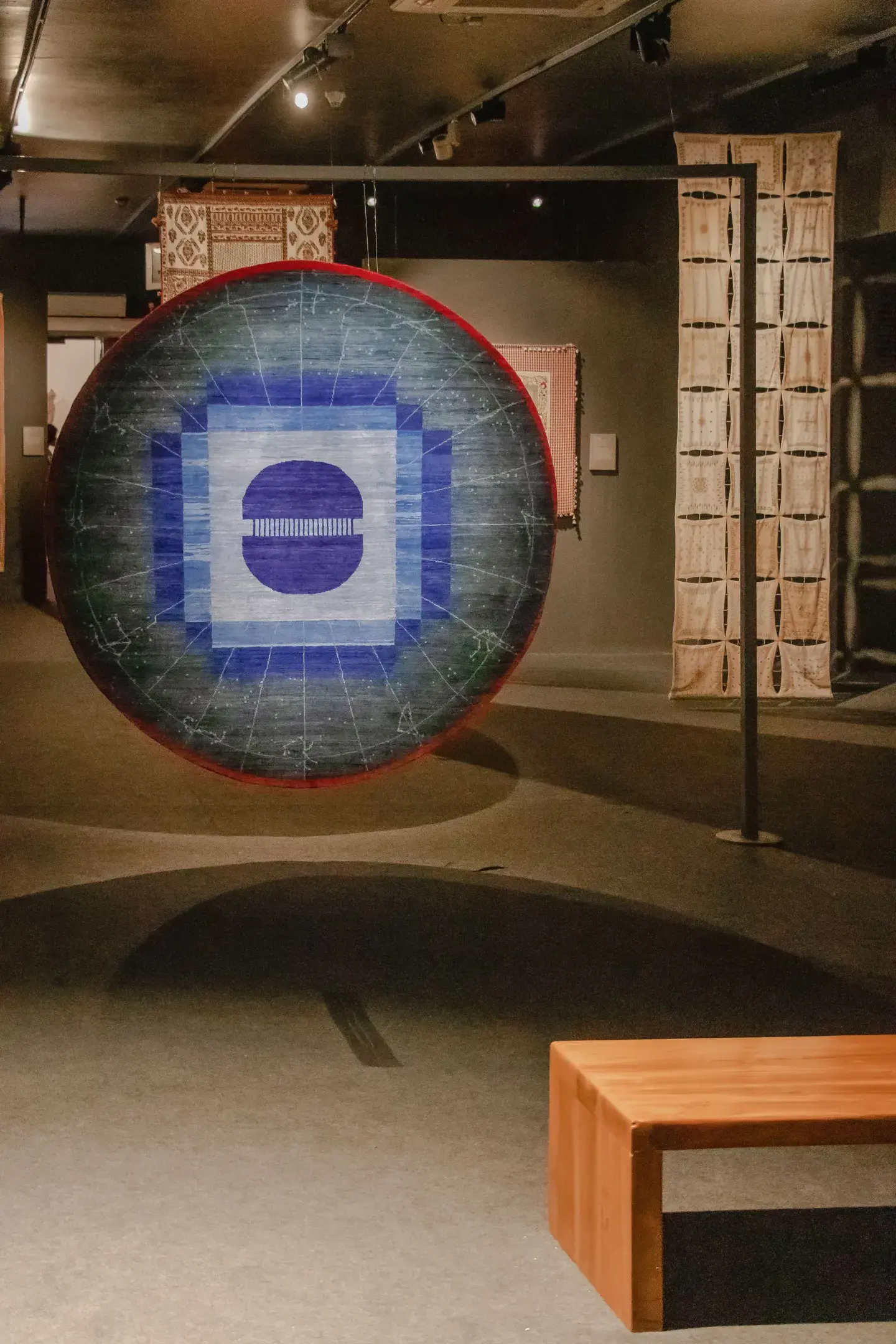
Sutr Santati: Then Now Next, the exhibition that was showcased in the capital,presented the narrative of India through its textiles. Each one of the about-100 textiles on view, from various regions of the country, displayed a plaque with a list of names. These highlighted not only the designers, textile artists and revivalists involved in the creation of each of the works, but also, importantly, the artisans involved — the embroiderers, weavers, dyers and printers.
The exhibition — that concluded in late October — proved that textile craftsmanship in the nation is still a vibrant entity. But, the way we know or see it does bend to the will of commerce. Historically, grander techniques and materials — than the ones on display at Sutr Santati — were often used to create one-of-a-kind pieces under the art of patronage. But in a globalised, and machine-powered market, these techniques have become more streamlined, often to fit the choices of the buyers.
With commerce out of the equation, designers, artists and artisans, who participated in the exhibition, could more freely explore present-day techniques and develop newer styles of textile manipulation to further the idea of Indian craftsmanship. And so, the exhibition collection, most of which was specially commissioned for the show, did not mimic textile samples found encased in museums from India’s colonial and pre-colonial eras. It innovated, by introducing new motifs, materials, and workaround ways to achieve a similar degree of complexity in the final material, leaving us with new hope for the future of textile revivalism.
Excerpts from a conversation with Lavina Baldota, textile revivalist and curator of Sutr Santati….
How do you plan to create awareness about India’s textiles, especially among the younger generation?
The idea is to take the conversation about textiles beyond attire. Normally, we think of textiles as only related to something we wear. But in our country, textiles have always been a huge part of our art. They’ve been a huge part of our culture. We dress our gods in textiles, we have Pichwai paintings…. There has always been such a fine line between the craft and the art. I want to bring back that sensibility and give it a more contemporary context so that today’s generation becomes aware of the techniques. And I want to make it appealing to them — so that they are excited to put textiles up in their homes, maybe. Awareness creates appreciation, and appreciation will create aspiration. That’s the whole idea.
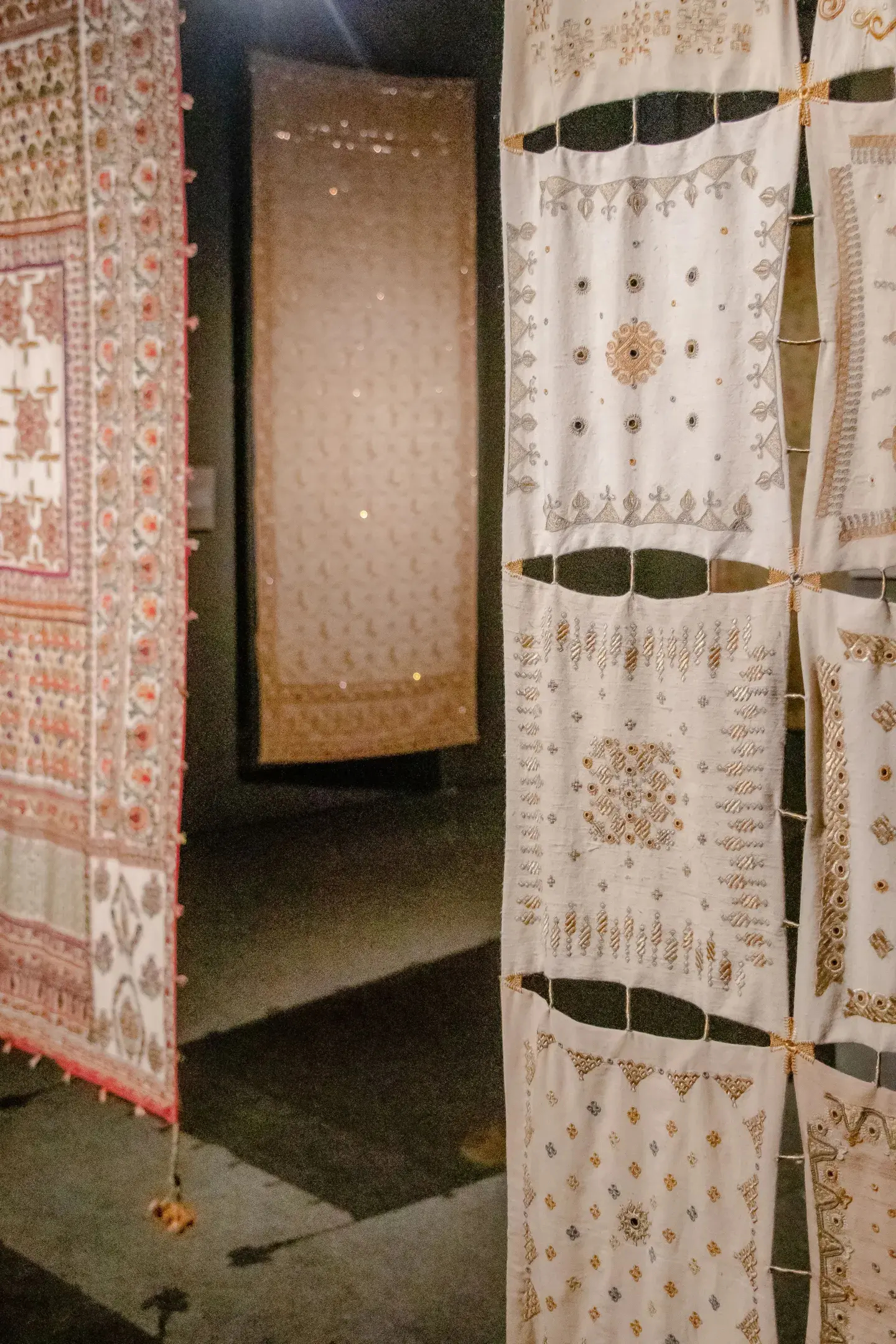
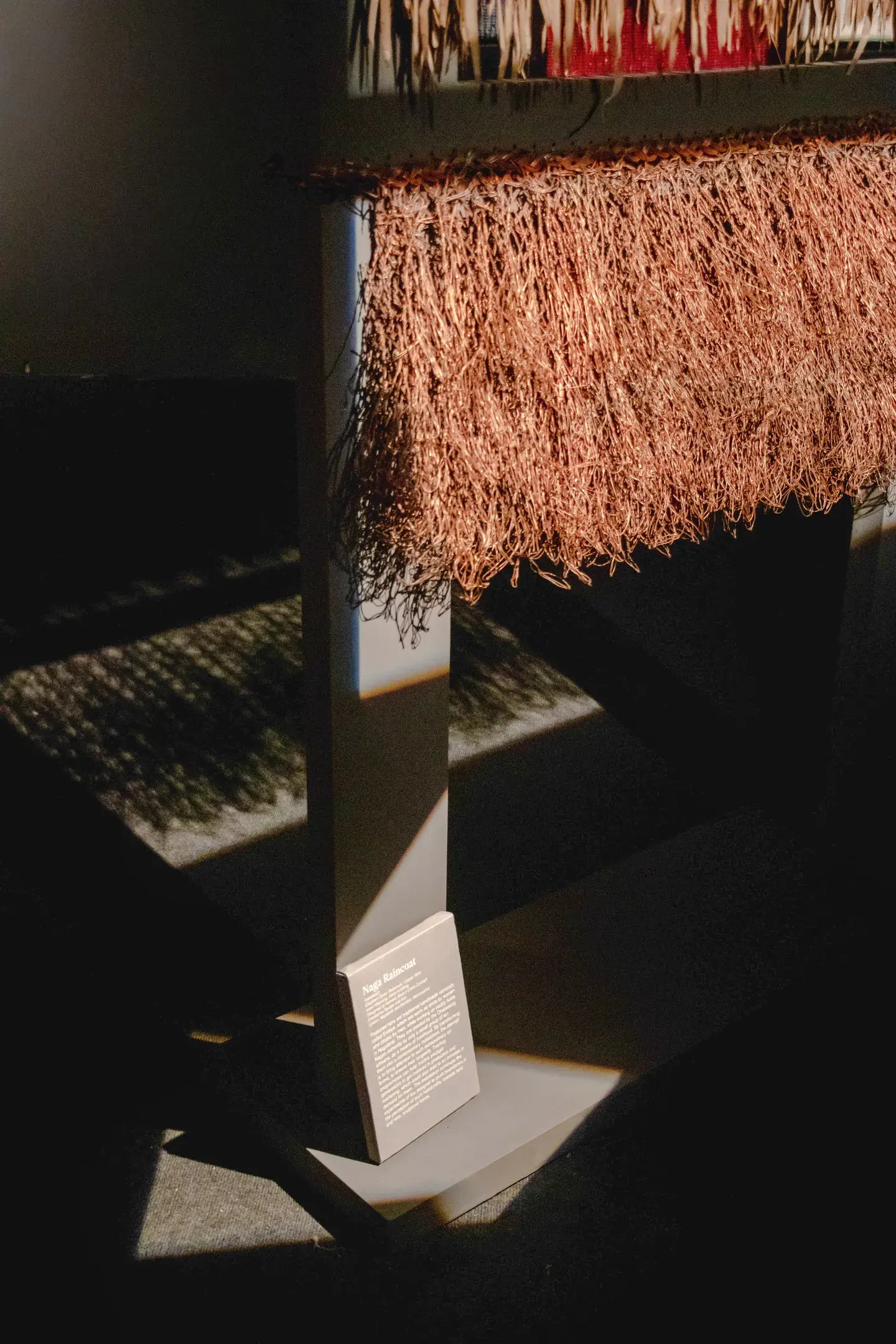
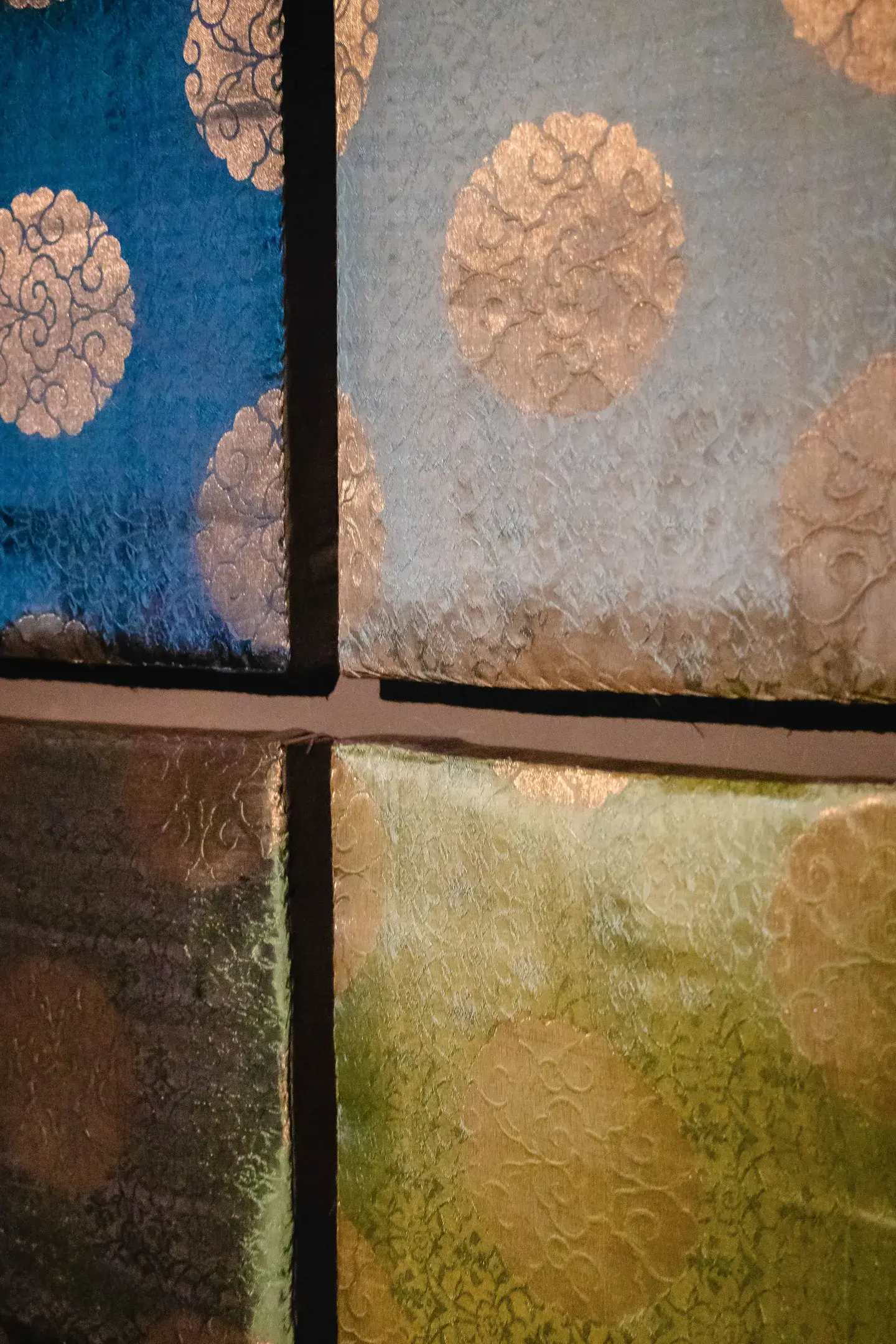
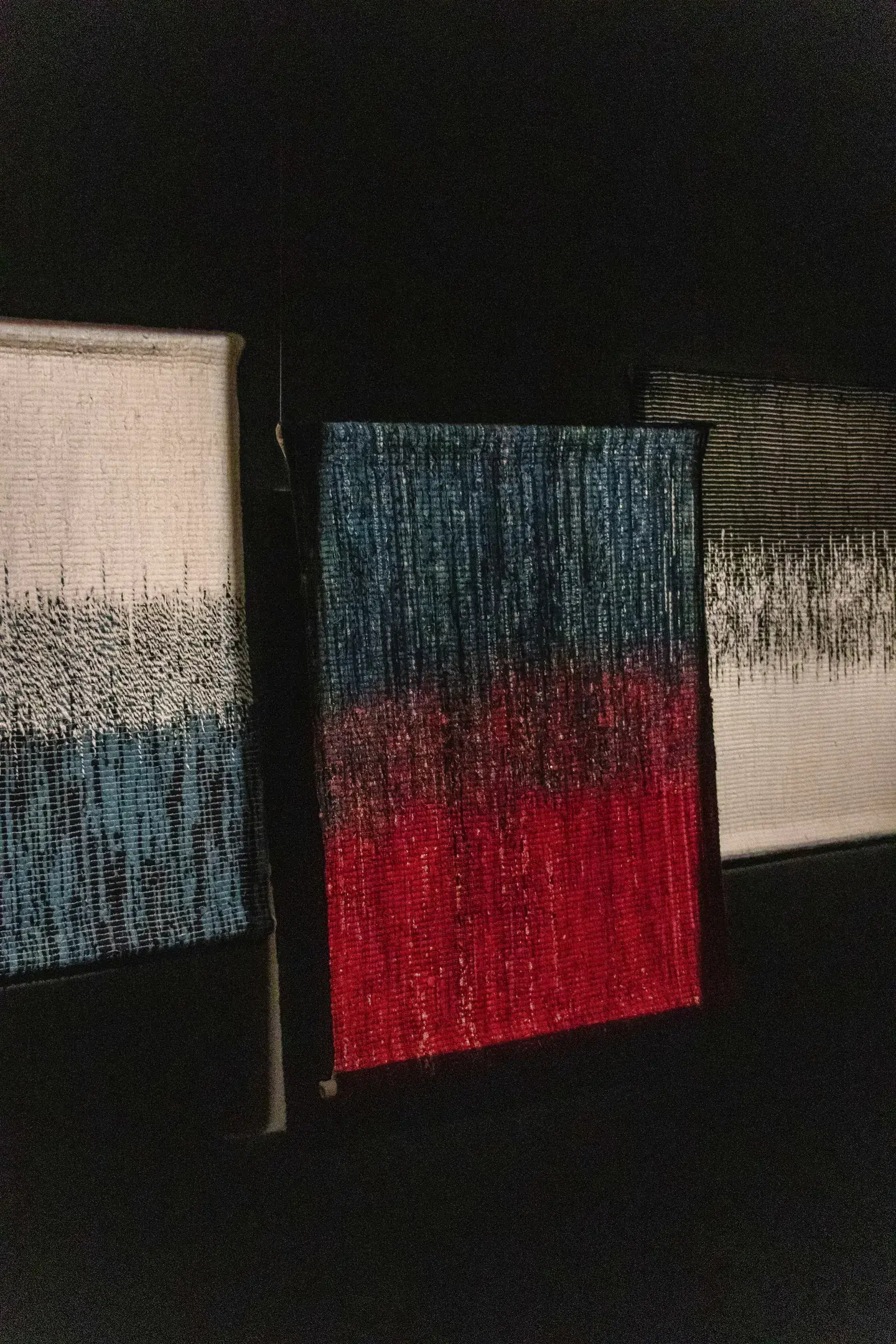
What part does Sutr Santati have in your vision?
Textiles have been such an important part of our freedom movement, the Swadeshi movement, and our culture. So, my first Sutr Santati exhibition was on Mahatma Gandhi, and khadi was a big element of that. This time as well, to keep the same mandate and take it forward, we used only indigenous yarns. You can see how many varieties of yarns we’ve used in this exhibition, and they’re all from the region the work was done in. For example, a Gujarati artisan would use Kala cotton, and Kandu cotton would be used in Karnataka. There are so many different kinds of yarns that people are not aware of — from camel hair and goat hair to different types of wools and wild silks. And using eco-friendly dyes was also a very important part of this exhibition so that you do not harm the environment when you create.
Historically, patronage played an important role in the flourishing of several crafts. What has changed in this day and age with rapid consumerism and fast-paced production?
The idea of slow consumerism is very important to me as a curator. Choose fewer things, but understand how they are made. And besides, textiles are quite long-lasting. They’re not in fashion or out of fashion ever, right? I mean, they are a heritage. And if you lose that craft, you will lose the culture. So it is important to have younger minds start thinking about the fact that you don’t need so many things.
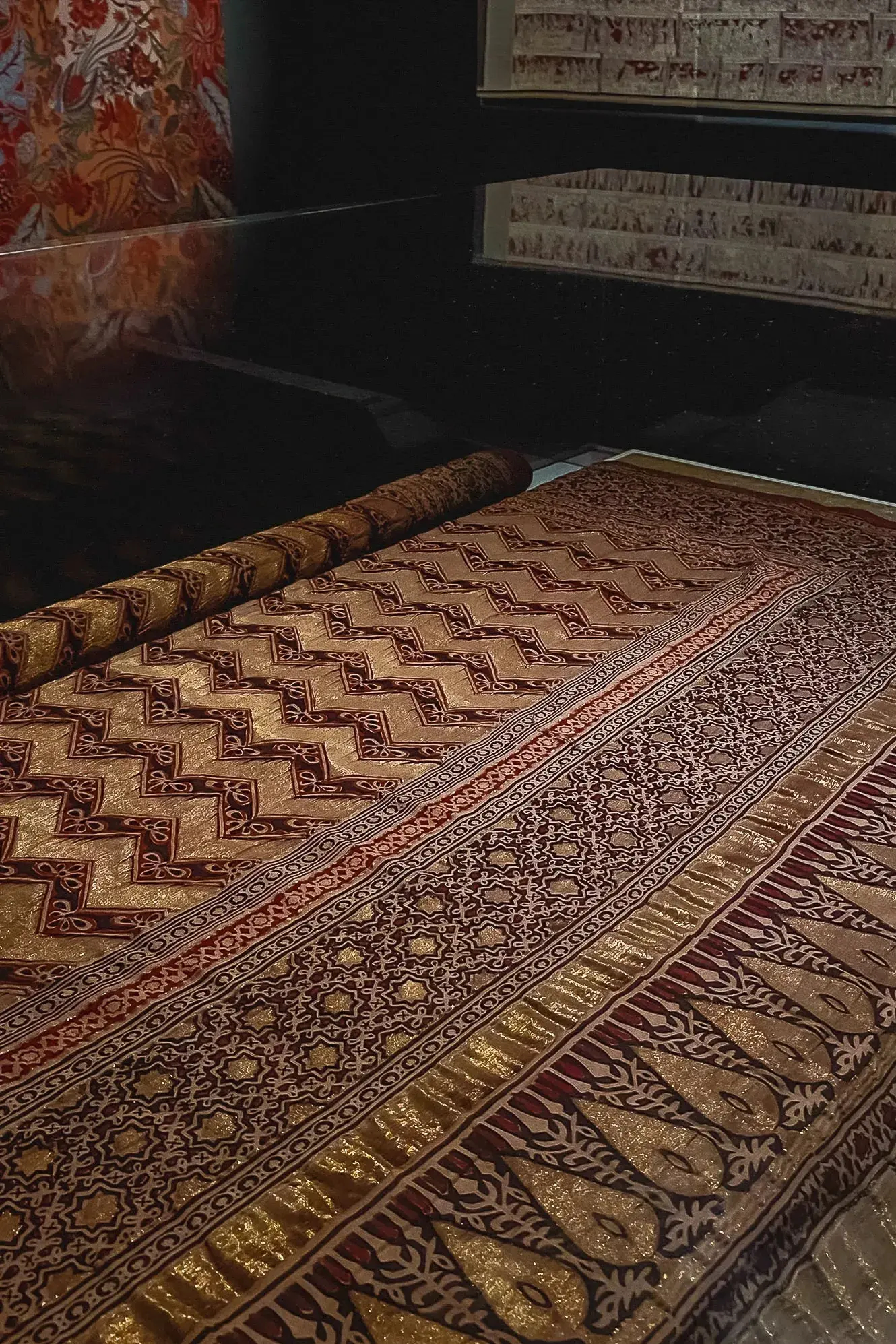
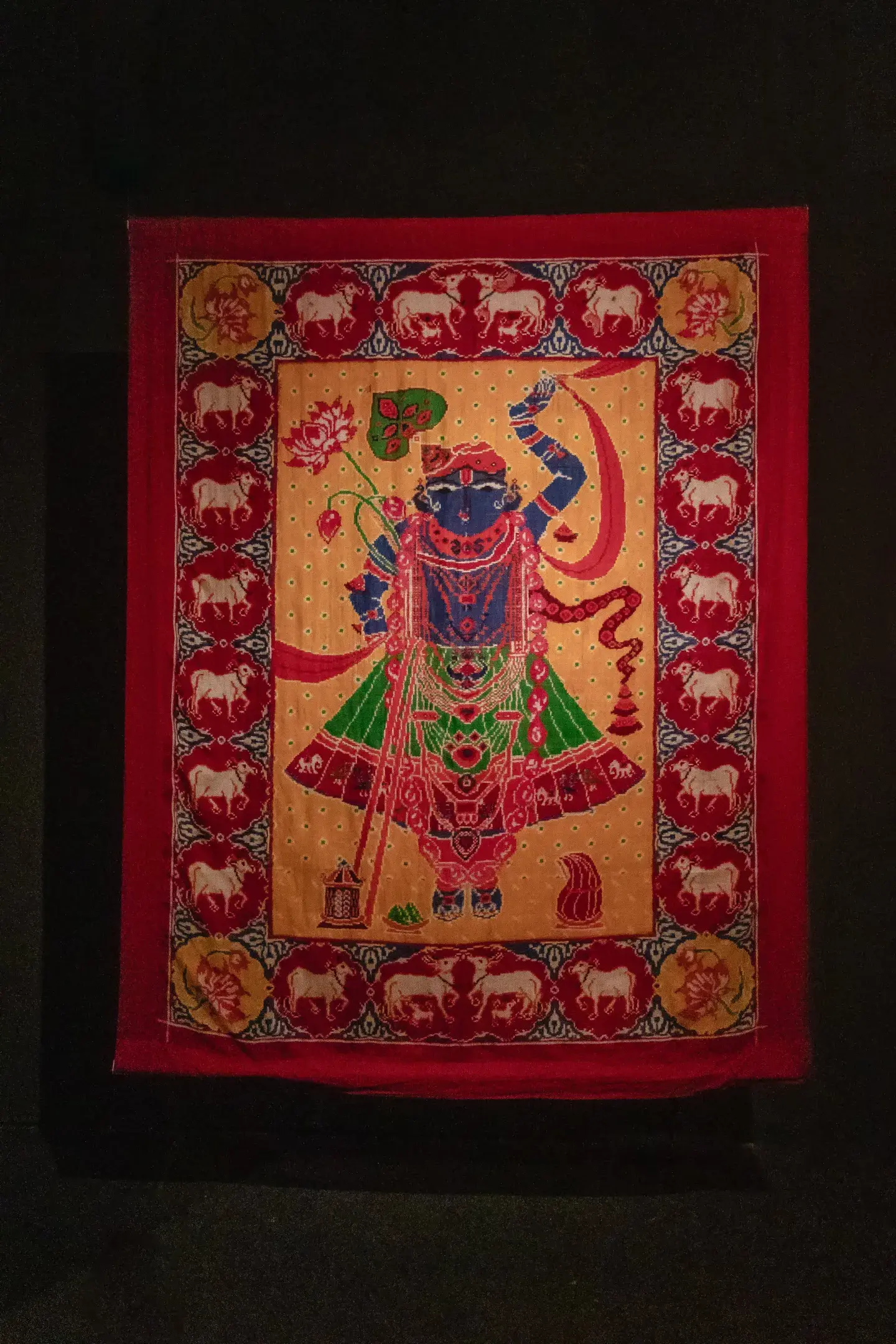
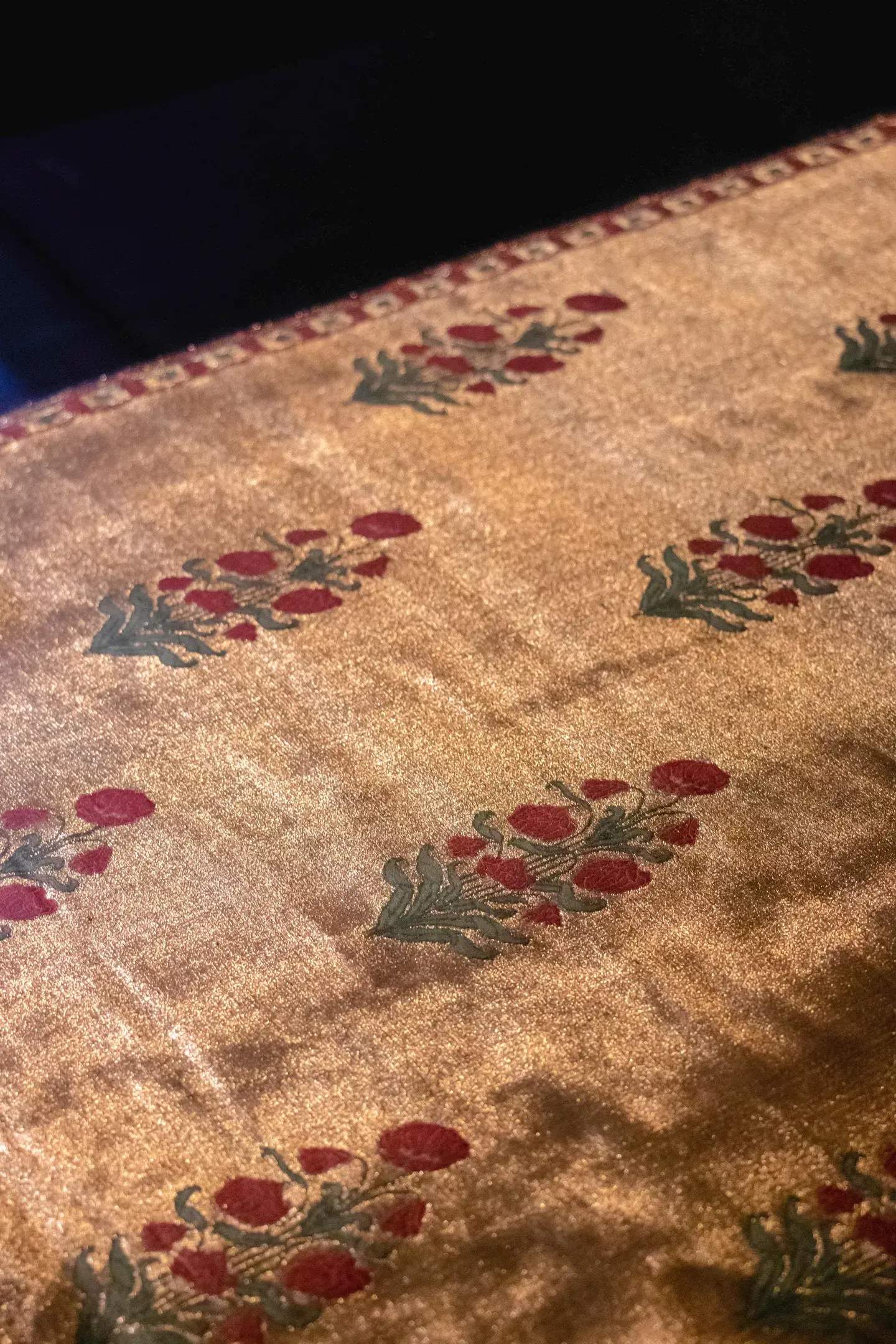
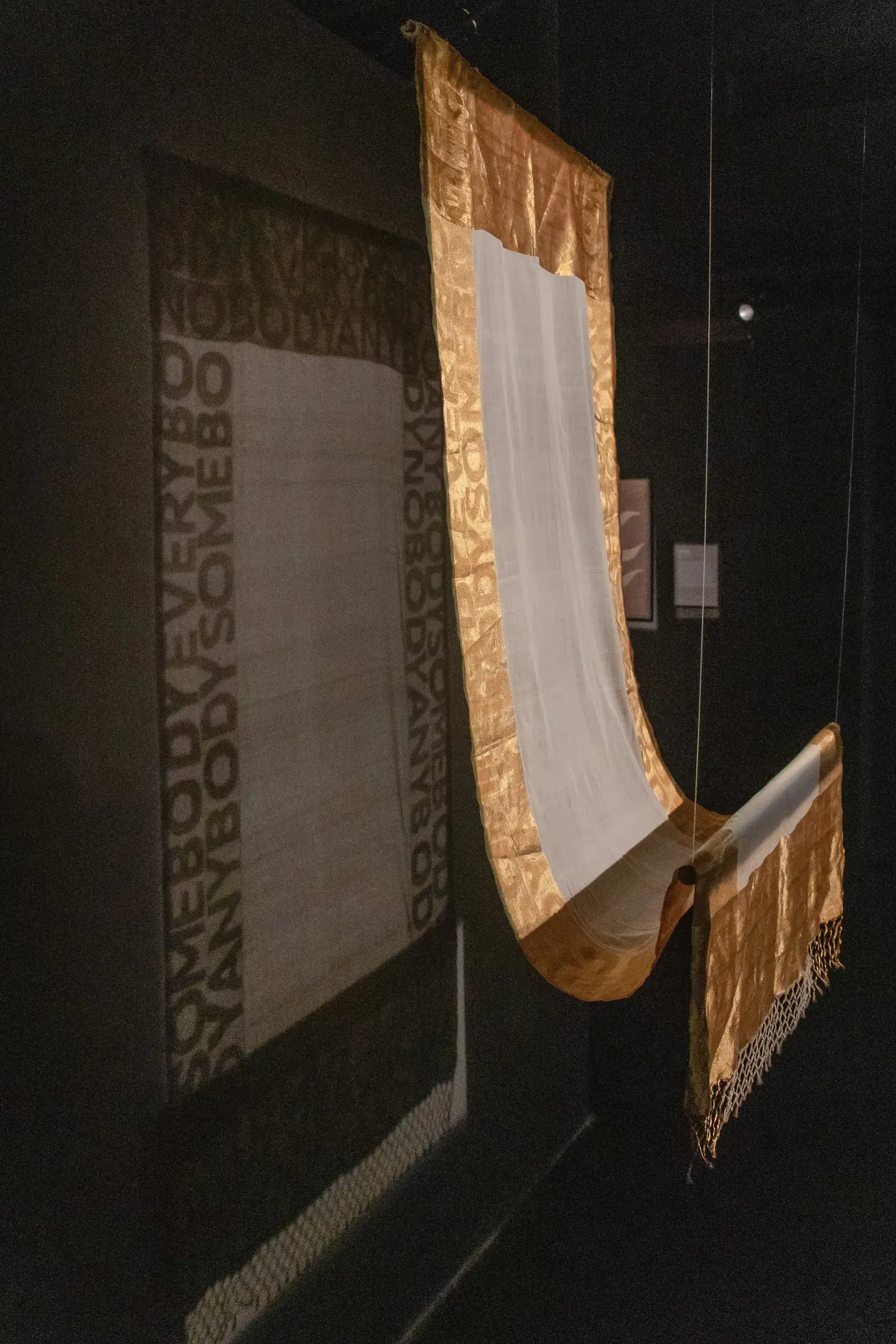
Textile revival comes with its own set of challenges. Trying to capture and recreate the exact style of making a bygone textile might not always be possible. Have you faced any such challenges?
Yes, absolutely. The revival of anything that has been lost is so difficult. The Kodalikaruppur sari that was displayed in the exhibition, for instance, is in the process of revival. It’s been such a long path to get back that same red colour that was originally used. The environment has changed, and the water it used to be washed in has changed. The quality of the zari threads has changed. The motifs on the sari that were hand-painted have been replaced with hand-block printing. We have to be conscious not to lose the craft. It’s been a very tedious activity to revive it to its authentic self. So, if we can save a craft from languishing, we should. Rather than letting go of it completely and having no reference to bring it back.
The recent exhibition talked about “then, now, and next”. Could you share with us what is next for you, and your wider endeavours by extension?
I want this exhibition to travel around the world and my efforts at the moment are completely concentrated on that. We are collaborating with the Museums Victoria in Melbourne, and the exhibition is scheduled to be mounted from April to July 2023. I want this to be visible because it’s good to take a local conversation global. I want people abroad to understand our culture and engage with it.